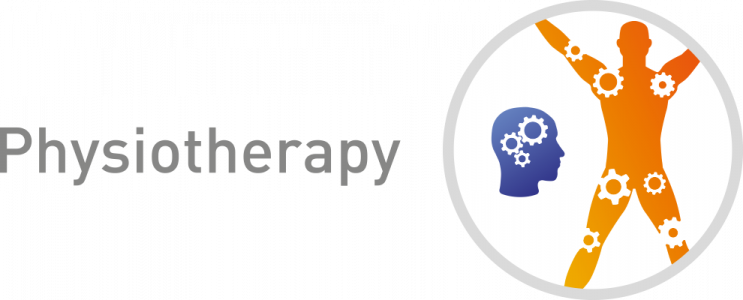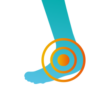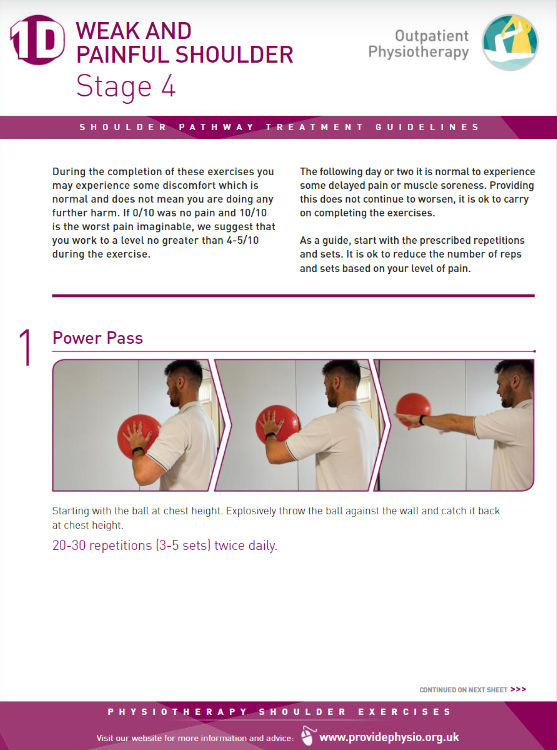Overview
Children and young people are different from adults. They are continually developing physically, emotionally and psychologically. Due to the physiology and biomechanics of growth, young people show a unique set of age related symptoms. Whilst many conditions seen in childhood are self-limiting; some more serious pathology can occur. As a specialist Musculoskeletal Physiotherapy team we hope that you find the information on our website helpful, but if the pain your child is experiencing does not improve please seek further medical advice and if its deemed appropriate your GP can refer your child to our physiotherapy service.
Types Of Shoulder Pain In Children
A dislocated shoulder happens when your upper arm pops out of your shoulder socket. The shoulder is one of the easiest joints to dislocate because the ball joint of your upper arm sits in a very shallow socket. This makes the arm extremely mobile and able to move in many directions, but also means it is not as stable as some other joints. After a shoulder dislocation you will usually be able to resume most activities within 2 weeks but should avoid heavy lifting and sports involving shoulder movements for between 6 weeks and 3 months. You should usually be referred to physiotherapy after an injury of this kind and your physiotherapist will advise you regarding when you can return to all activities.
How a dislocated shoulder happens
You can dislocate your shoulder if you fall on to your arm heavily. Most people dislocate their shoulder while playing a contact sport, such as rugby, or in a sports-related accident. Shoulder dislocations can happen more easily in people who are highly flexible, such as those with loose joints (joint hypermobility).
Have I dislocated my shoulder?
If you suspect, you have dislocated your shoulder it is usually obvious because:
- you will not be able to move your arm and it will be very painful.
- your shoulder will suddenly look different compared to the other side or how it usually looks.
What to do with a dislocated shoulder
Go to your nearest accident and emergency (A&E) department immediately if you think you’ve dislocated your shoulder. Do not try to pop your arm back in yourself – you could damage the tissues, nerves and blood vessels around the shoulder joint. While waiting for medical help, avoid moving your upper arm as much as possible.
Once the shoulder has been relocated by a professional you should be referred to physiotherapy for rehabilitation.
Click Here for further NHS advice and information.
- Tendonitis: A tendon connects muscle to bone or other tissue and has a cord or band-like quality. Tendonitis is often a result of the wearing process of the tendons that takes place over a long period of time, but it can also be caused from overuse or high-intensity sports. The rotator cuff is the unit of muscles and tendons that provides shoulder motion and stability; it is the most common area for tendonitis.
- Bursitis: Excessive use of the shoulder can lead to inflammation and swelling of a bursa. Bursas are fluid-filled sacs located near friction areas in the joint that lessen the friction caused by movement of the shoulder. The condition known as bursitis can limit the range of motion of the shoulder because of pain.
Both tendonitis and bursitis injuries in children are rare, and will almost always be associated with a sport or activity that puts an increased amount of stress or strain on the shoulder region. Rest from the aggravating activity will usually settle down the pain. Even rarer causes of shoulder pain are tumour’s, infection or nerve-related problems. If you suspect any of these causes of shoulder pain in your child seek advice from a paediatric musculoskeletal physiotherapist.
Useful Links
- For further information on posture mistakes and fixes click here.
- Click here to find out facts about what food you are eating
- Find out if your child is at a healthy weight
- Guidance on the types and amount of physical activity children should be completing to stay healthy.
- Take a look at some fun exercise activities you can do at home you’re your children






